China's focus on investing in electric vehicles and adopting an efficient market approach has helped it gradually become the world's leading auto exporter.
Recently, Caixin Global cited data from the China Association of Automobile Manufacturers (CAAM) saying that China's auto exports in the first half of this year reached 2.34 million vehicles, up 76% over the same period in 2022. This is the first time that Beijing's auto exports in the first 6 months of the year have overtaken Japan as the world's top car exporter. Previously, in the first quarter of 2023, the country of one billion people also surpassed Japan for the first time in quarterly auto exports. Meanwhile, the South China Morning Post reported that the China Passenger Car Association (CPCA) reported that the country exported 310,000 vehicles in July alone, up 63% over the same period last year.
By comparison, China’s efforts to expand its auto export market were modest just a few years ago. In 2015, for example, the country exported fewer than 375,000 vehicles, about the same amount as Germany and Japan in a month. But by 2021 and 2022, those numbers had jumped to 1.6 million and 2.7 million, respectively. Some analysts believe that China’s auto exports will continue to grow and could reach more than 4 million this year.
This rapid growth of the Chinese auto industry is primarily due to the competitive advantage of electric vehicles. According to Caixin Global, in the late 2000s, the Chinese government began to implement many incentives on purchases and taxes to support the domestic electric vehicle industry when predicting that this segment would soon be a global "arena". From here, large investments in the electric vehicle ecosystem helped Beijing quickly possess a competitive advantage in most aspects of the value chain to lead the electric vehicle race in the world. Currently, the Great Wall country has about 200 electric vehicle assemblers developing green and intelligent means of transport. Also according to CAAM, the number of new energy vehicles (NEVs), including pure electric and hybrid models, in the first 6 months of this year more than doubled compared to the same period last year, to 534,000 units, accounting for nearly 25% of China's total automobile exports.
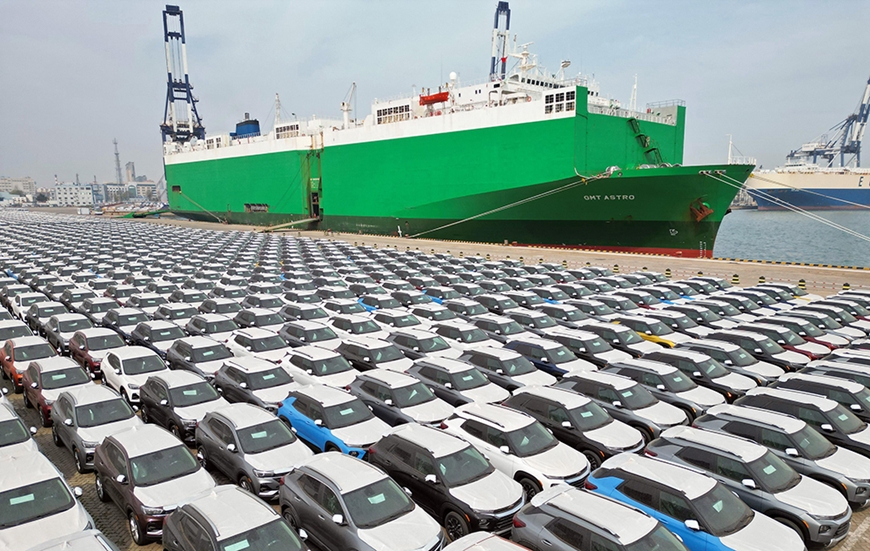 |
| Cars are gathered to prepare to be loaded onto ships for export at Yantai Port, Shandong Province, China. Photo: China Daily |
Having made a name for themselves in a number of emerging markets in Asia, the Middle East and South America, Europe is now the largest international destination for Chinese automakers. The growing presence of Chinese electric cars in the "old continent" is clearly demonstrated in Germany - the region's largest car market. As of the first quarter of this year, there were 6 Chinese companies selling electric cars in Germany, compared to only 2 in the same period last year. These companies also recorded sales accounting for 3.7% of total electric car sales in Germany during this period, up from 1.2% in the first quarter of 2022. A report by market analysis company Allianz Research (Germany) emphasized that 3 of the best-selling electric cars in Europe in 2022 were imported from China.
With the trend of environmental protection, electric vehicles are a key component of global green transportation. US consulting firm AlixPartners believes that the strength of the battery supply chain - a factor that determines the performance and price of electric vehicles - continues to increase the competitiveness of Chinese automakers. AlixPartners estimates that electric vehicles will account for 39% of new car sales in China by 2027, higher than the expected global penetration of this type of vehicle of 23%.
On the other hand, The Economist praised the Chinese auto industry's agility and flexibility in approaching international markets. When most Western automakers stopped operating in Russia due to Moscow's special military campaign in Ukraine, their Chinese competitors quickly filled the void. Russia is currently the largest importer of Chinese cars. Russia's Autostat analysis agency said that in the first half of 2023, the country imported nearly 300,000 Chinese cars, a six-fold increase compared to last year. One option for Chinese automakers to improve their image, access advanced technology and minimize risks when "reaching the big sea" is to acquire Western brands. That is what SAIC Motor and Geely did when they respectively owned MG Motor of the UK and Volvo Cars of Sweden. A statistic from SAIC Motor shows that products bearing the MG logo accounted for nearly 70% of the company's overseas sales in the first half of this year.
VAN HIEU
*Please visit the International section to see related news and articles.
Source


![[Photo] Looking back at the impressive moments of the Vietnamese rescue team in Myanmar](https://vstatic.vietnam.vn/vietnam/resource/IMAGE/2025/4/11/5623ca902a934e19b604c718265249d0)




![[Photo] "Beauties" participate in the parade rehearsal at Bien Hoa airport](https://vstatic.vietnam.vn/vietnam/resource/IMAGE/2025/4/11/155502af3384431e918de0e2e585d13a)
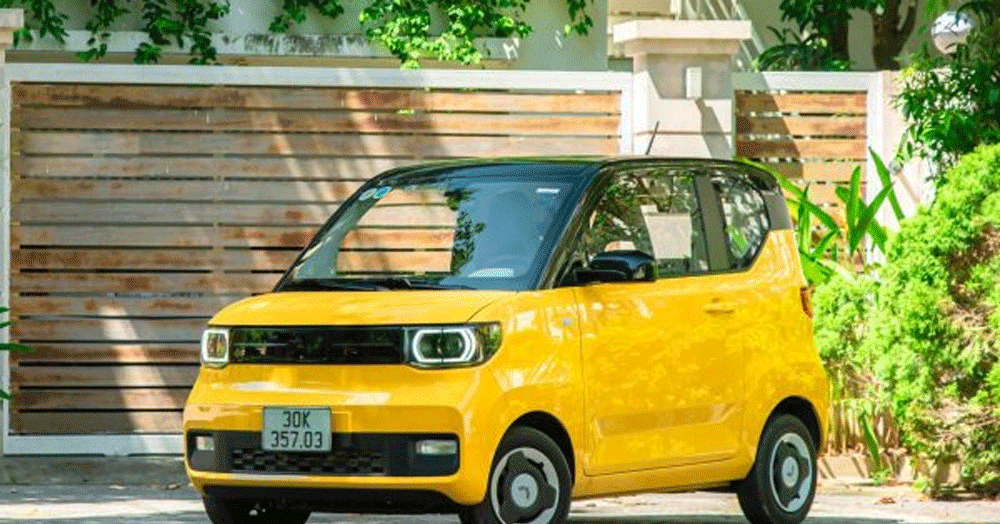

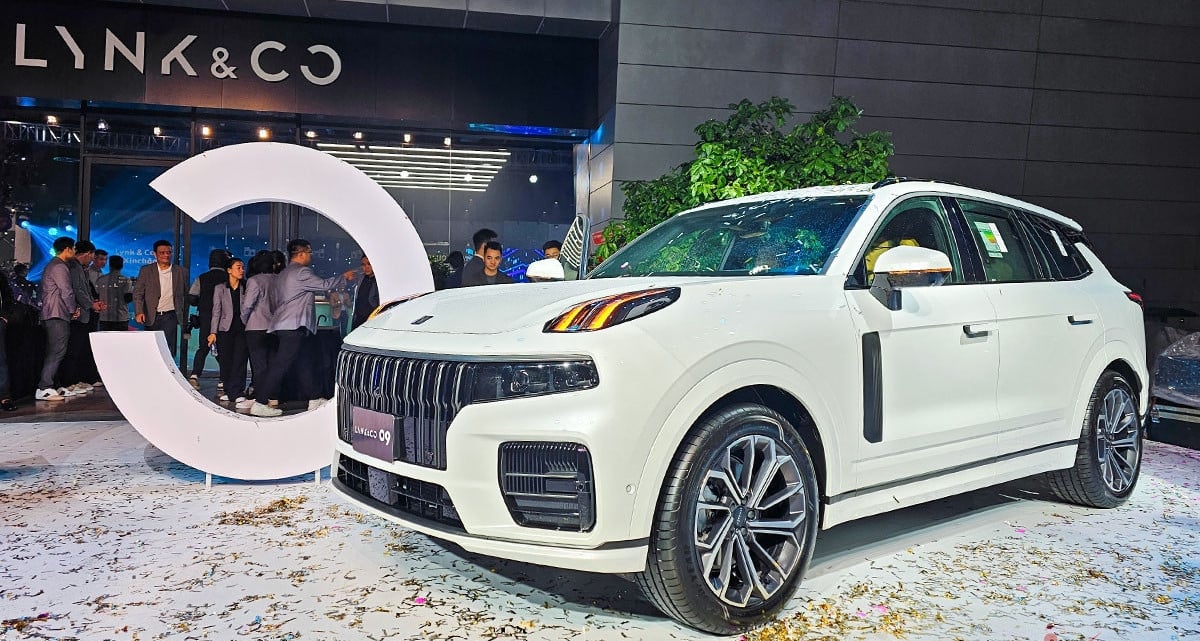
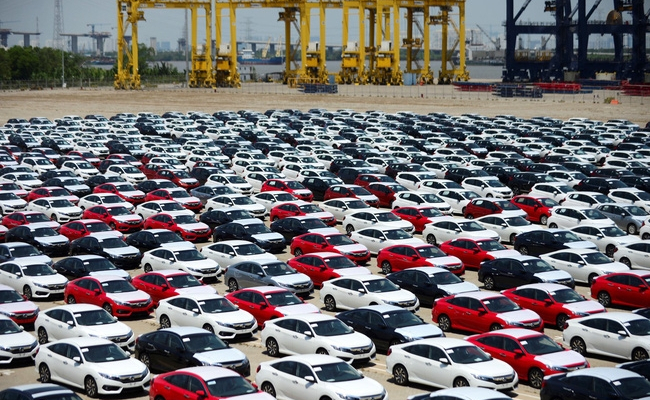

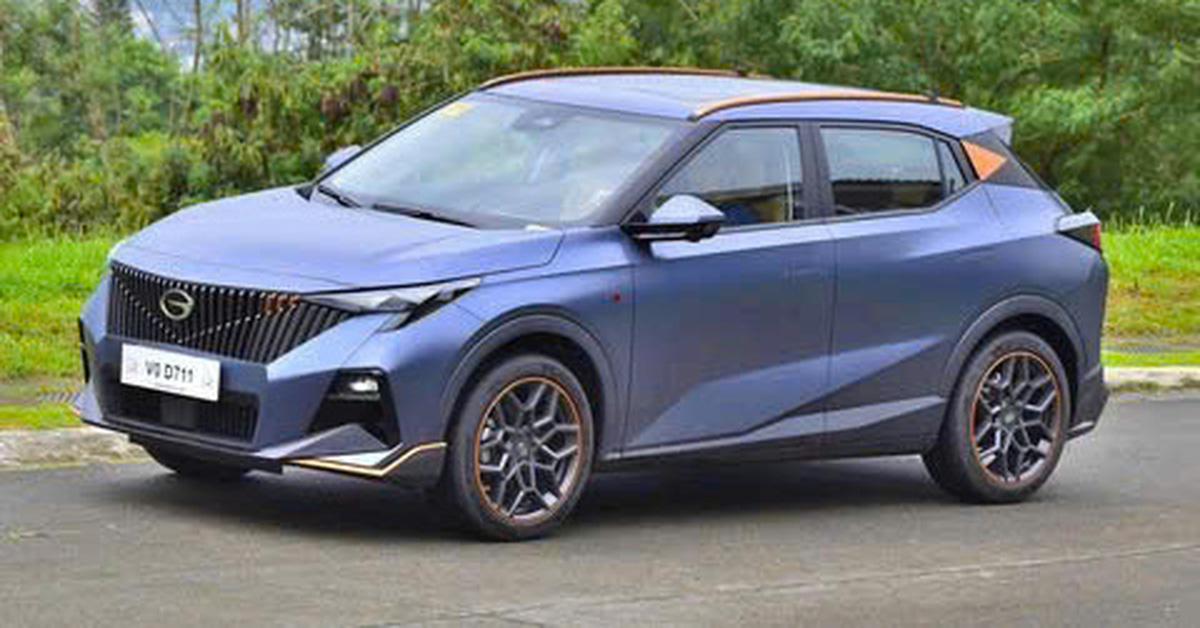


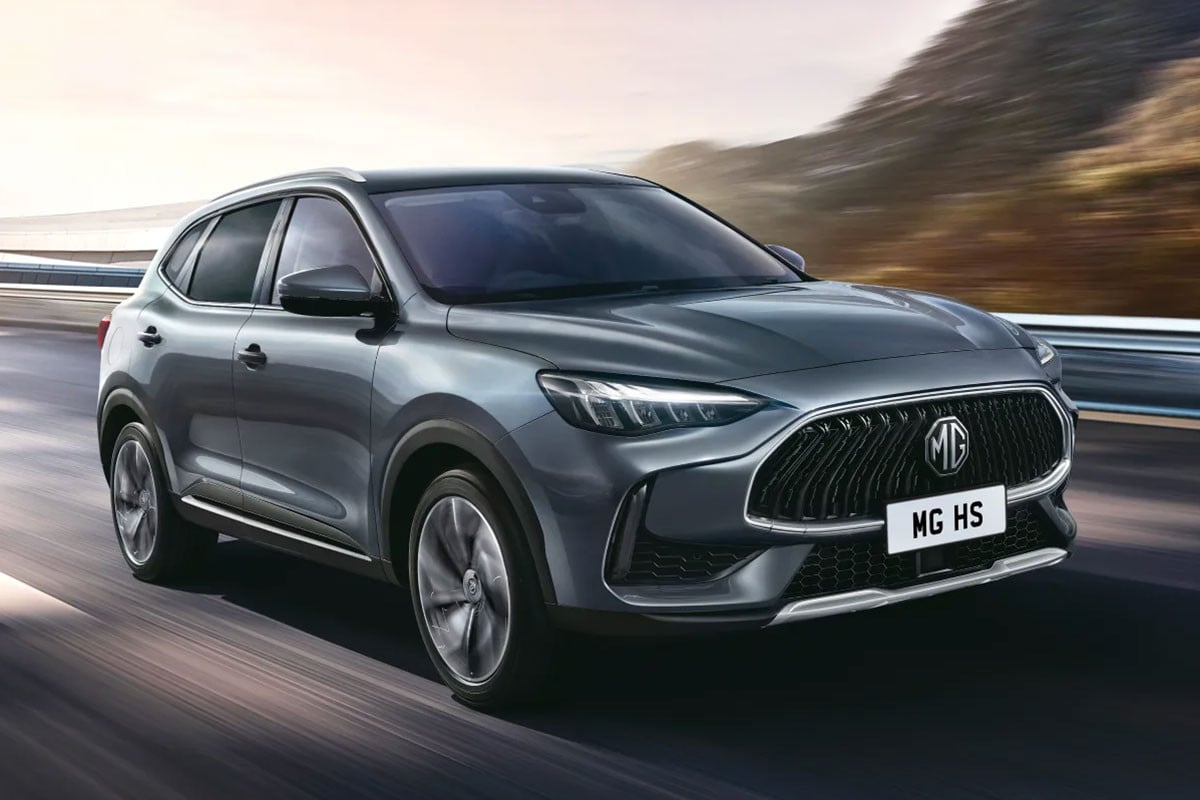



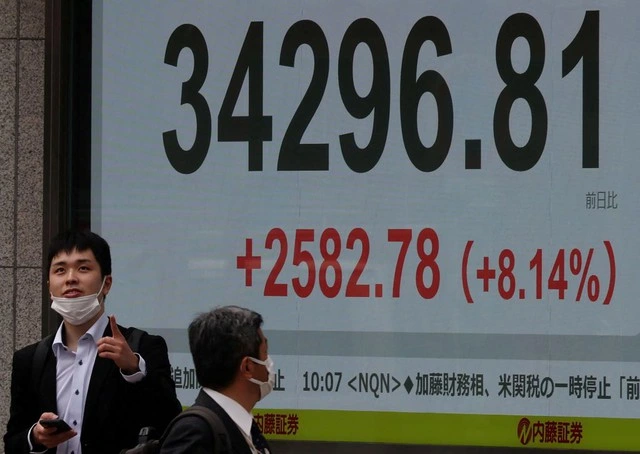
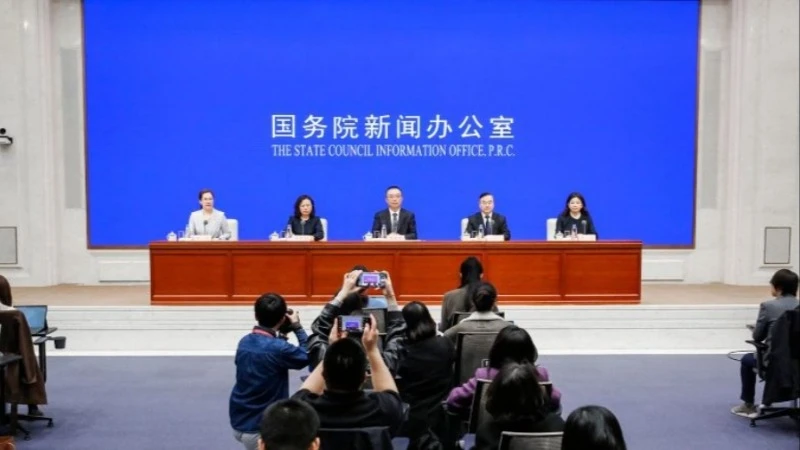
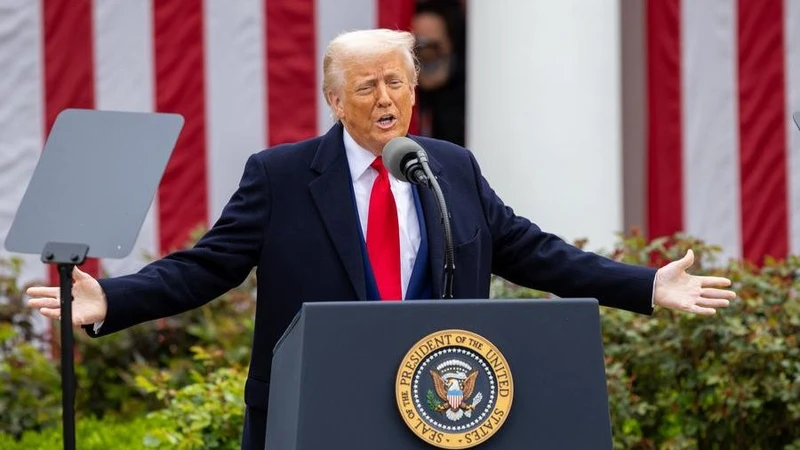







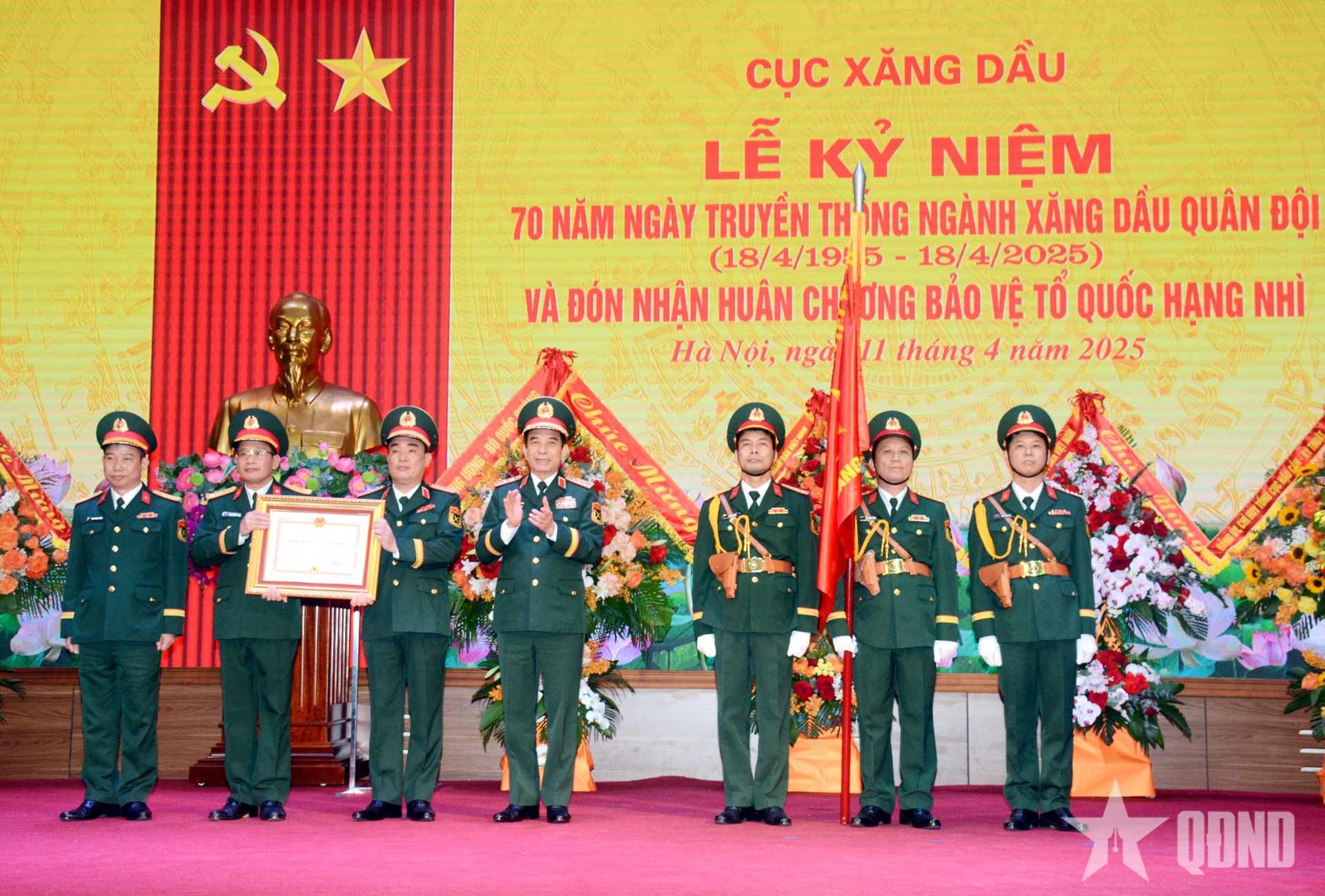
![[Photo] Summary of parade practice in preparation for the April 30th celebration](https://vstatic.vietnam.vn/vietnam/resource/IMAGE/2025/4/11/78cfee0f2cc045b387ff1a4362b5950f)

































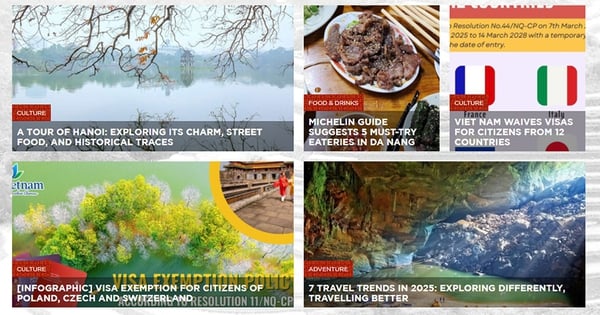







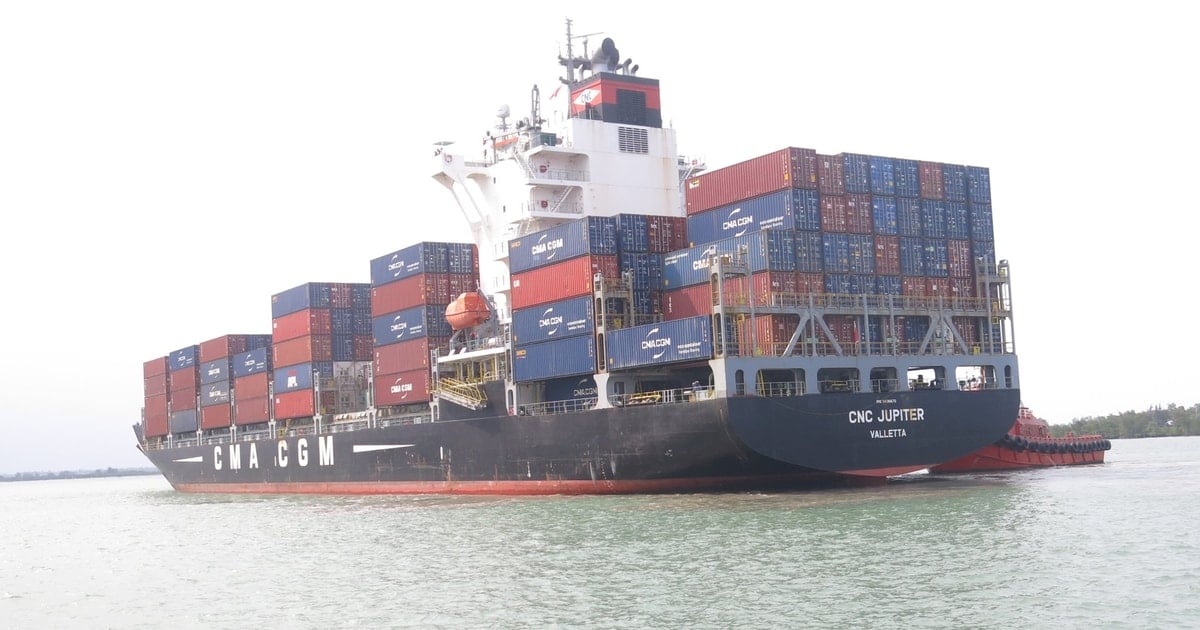



















Comment (0)